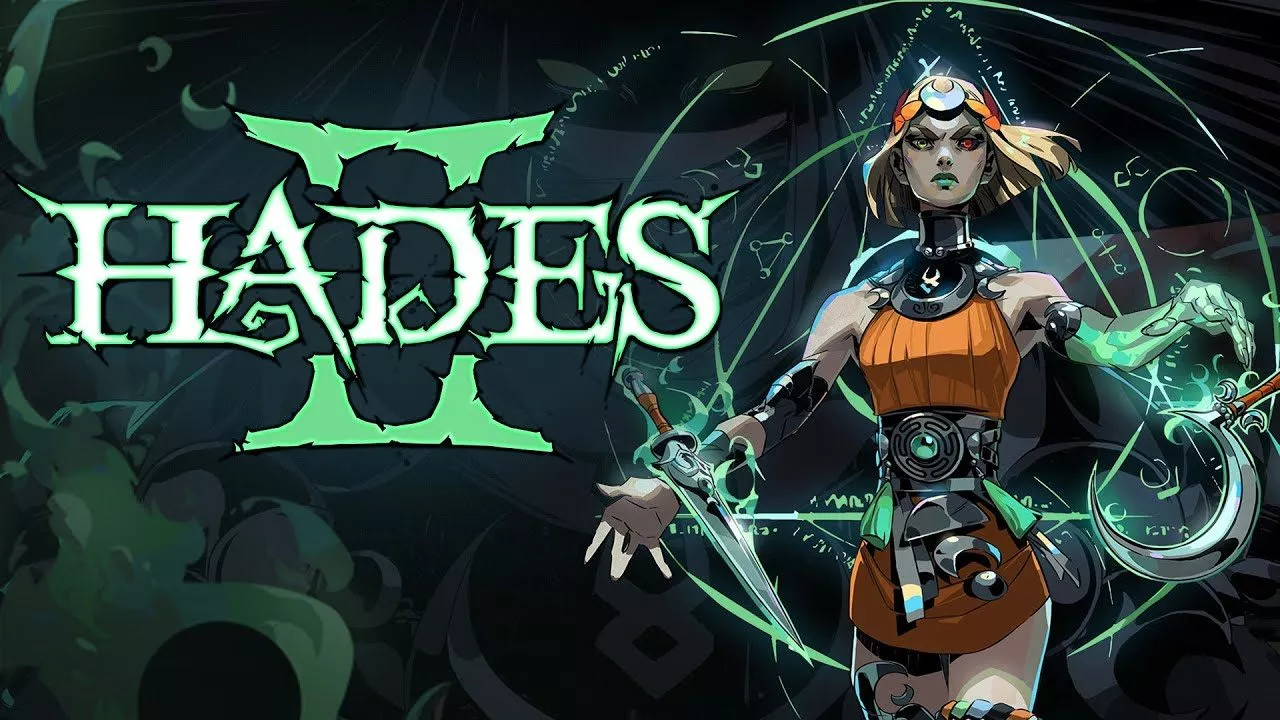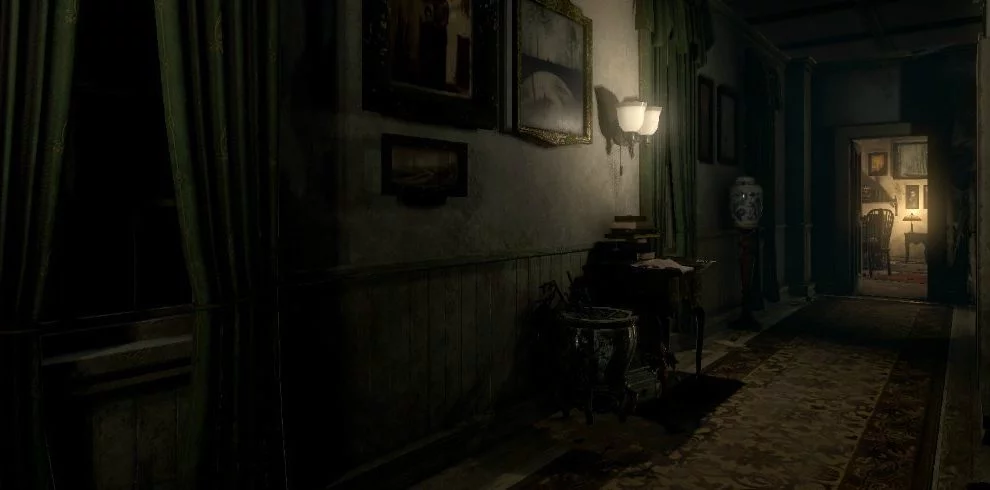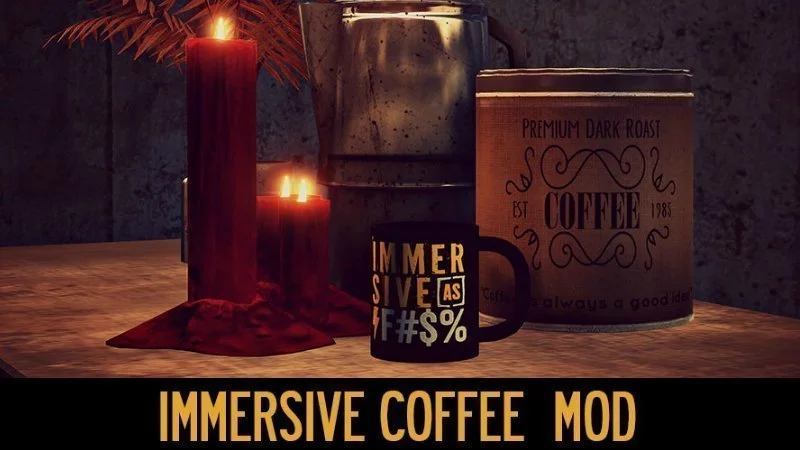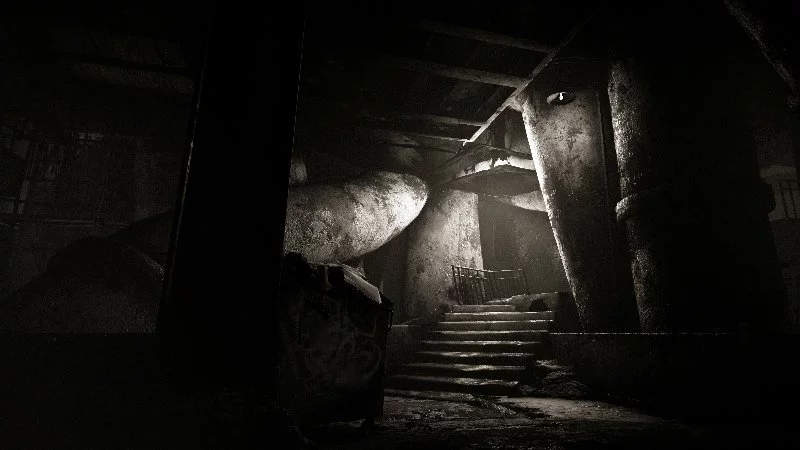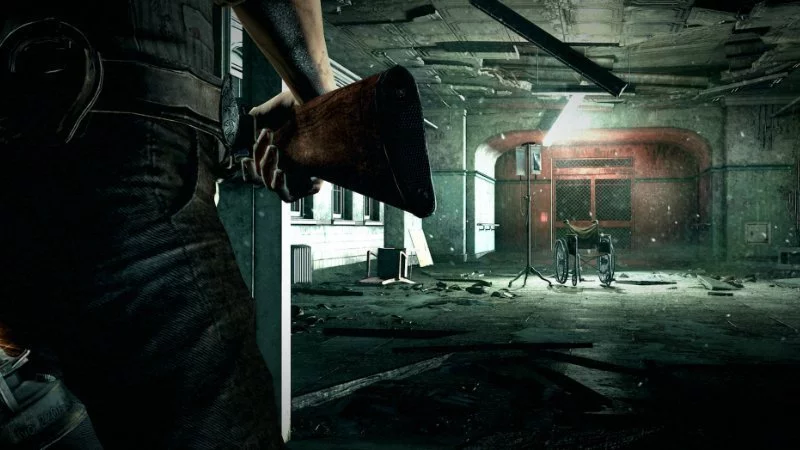VR is in a curious place at the moment. It’s still quite new, and while many sectors of the gaming industry are fully exploring the possibilities, we still aren’t completely sure if it’s the next big thing. The potential for this technology is incredible, but with the motion control fad still in recent memory many are hesitant to jump into VR as early adopters. With this mindset and the expense of most VR units available on the market, things are likely to move quite slowly.
I’ve been trying to figure out what to keep an eye on in the VR world for indications of where the technology is going. Virtual reality is at its peak when focusing on its strongest feature: immersion. This is why I believe the horror genre is perfectly suited for it. Good horror in every medium plays with something that’s hard to quantify — a sense of fear. The biggest opportunity for VR to really make you forget the V and focus on the R is with horror.
Resident Evil 7 is a prime example of this. I’ve been a huge fan of the franchise since I started playing video games, but it hasn’t had the same effect on me in the past few years. I’m praying this is all about to change as the franchise is set for a reboot, re-imagining, reset or re-something with RE7. This couldn’t come at a better time for VR in its current state as Resident Evil is so synonymous with horror and gaming. I cant wait to see what comes of this pairing; my hopes are officially up.
Let’s be honest though — Resident Evil isn’t likely to reinvent the wheel when it comes to horror games. The fact that its a long-running franchise with many defining elements doesn’t allow all that much room to break the mould. Certain things are expected from such a pedigree — statues with detachable body parts and doors with crank-shaped holes take time to implement, as do its memorable enemies. Resident Evil is a classic horror title, generally about things scaring you from jumping out of nowhere. With all due respect to the granddaddy of them all, it’s not like the evolution of VR is going to come from the flowchart horror we’re likely to receive.
What about something different, then? Until Dawn: Rush of Blood brings the not-so-popular on-rails shooter mechanic to VR horror. These games are usually just mindless fun and don’t really bring anything new to the table, but don’t dismiss Rush of Blood as Dino Crisis on your face just yet. Actually, Dino Crisis on your face sounds kinda cool…
Anyway, Rush of Blood does a great job of creating an atmosphere that perfectly warms you up for the scares to go with that mindless fun. Getting you in that jumpy frame of mind is key but I’m sure most of us would like a little more substance.
This brings us to Here They Lie. Here, we shift to a more psychological horror title, and a step in the right direction. The world is dark, surreal and stylised, immediately putting the player on edge. Things are creepy in a way that’s hard to describe and the lighting (or lack thereof) is terrifying. Surround sound effects make you aware of how many blind spots you have and the moving shadows make you question what you’re seeing.
Here They Lie isn’t the end of the road, though, as there is a lot of room for improvement. It’s by no means perfect, but it is the closest thing around right now to what I’m looking for — something more than just a different point of view.
The most effective use of psychological horror in the last few years in gaming comes from both P.T. and The Evil Within. Both games used something that’s incredibly effective when creating an atmosphere for a horror game: repetition. P.T. does this on a smaller scale, so it’s easier to notice. Having you repeat the same thing over an over lulls you into a false sense of security. You don’t realise it at the time, but the familiarity makes you start to expect certain things and become comfortable and confident. That’s when things change.
When the creepy factor is turned up to 11 and the rug is pulled out from under you, you can’t help but lose your mind. This is a great example of tricking someone with something scary when they aren’t expecting it, but the same trick works just as well by getting into someone’s head. The Evil Within uses a similar technique to mess with your mind. Throughout it, you’re constantly revisiting a central hub; you become complacent and feel safe when you’re there, but things slowly change as you move forward. Something as simple as a door that was always open suddenly being locked makes you crash back to reality and realise you’ve been taking things for granted. You start to feel uneasy and become overly suspicious of anything and everything.
This is where I want to see virtual reality go. This is where virtual reality needs to go — with psychological horror that gets in your head without relying on outrageous gore.
We need something that makes you question what you once thought of as fact. For VR to succeed, it has to offer something more than just a different point of view. It needs to give people an experience they’ve never had before and can’t get anywhere else. The easiest way to distinguish itself from other forms of interaction and become more than a gimmick or a passing fad is to tap into your fear and get that adrenaline pumping.
Resident Evil 7, please feel free to smash my expectations.
This article may contain affiliate links, meaning we could earn a small commission if you click-through and make a purchase. Stevivor is an independent outlet and our journalism is in no way influenced by any advertiser or commercial initiative.



